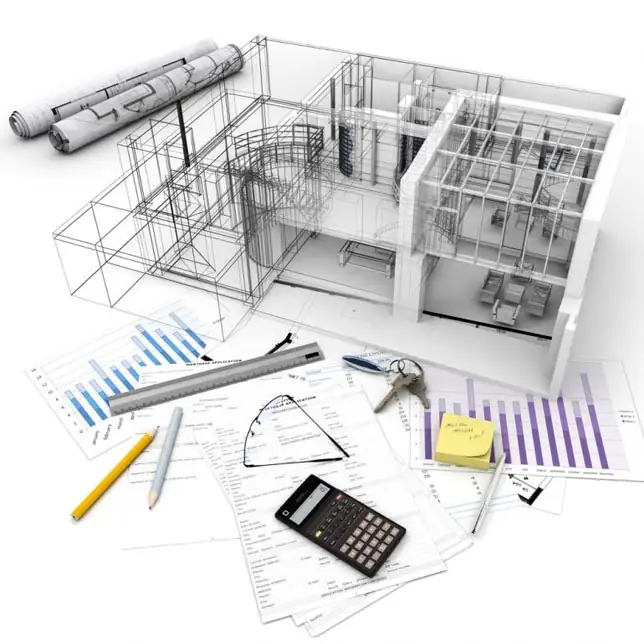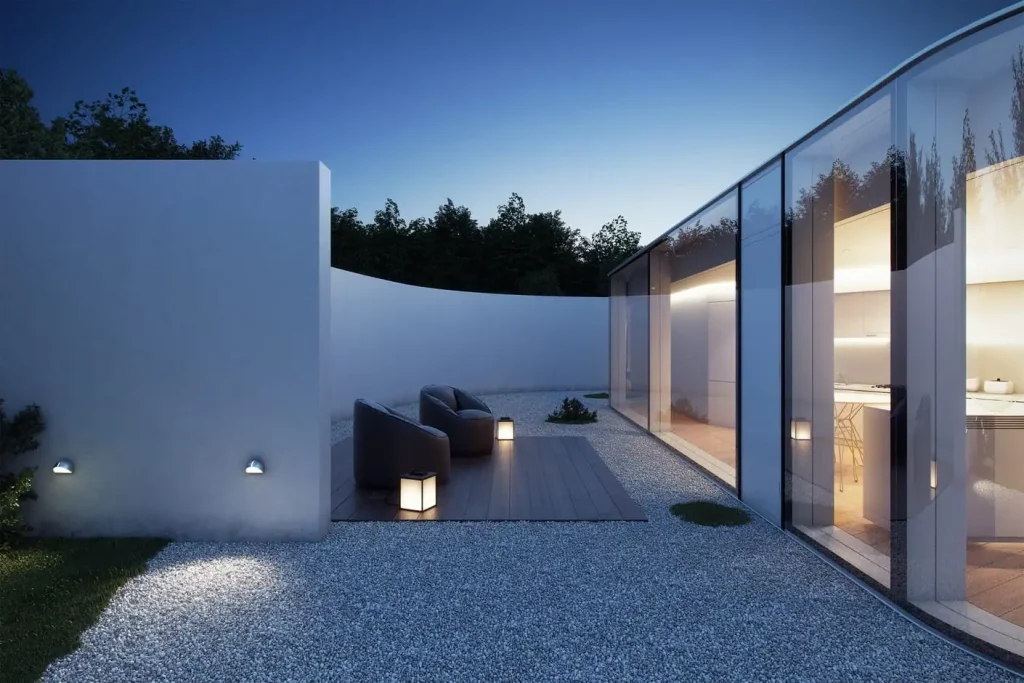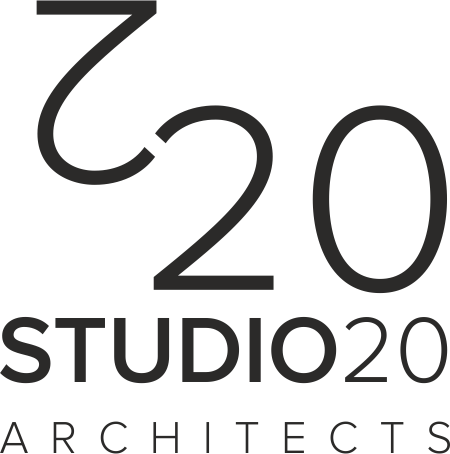Planning Permission
Planning Permission in London
Securing the right approvals is often the most critical step before any architectural project can begin. Whether you’re planning extensions, conversions, façade changes, or full redevelopment, the planning system in London demands careful navigation.
As specialists who work extensively across the capital, we guide homeowners, developers, and businesses through every stage of the approval journey from feasibility assessments to full application submissions. Our role is to ensure your proposal aligns with local policy, technical requirements, and design expectations so the entire process remains smooth, compliant, and stress-free.


What Needs Planning Permission in the City?
Some small changes do not need City of London planning permission, but many do. This is especially true in conservation areas, heritage zones, and busy city spots. Planning permission is needed for things like changing the outside of a building, adding new windows, using different materials, dividing a space, changing how a building is used, and most work on flats and maisonettes.
Knowing these rules early can help you avoid delays and redoing your plans. We help you find out if your project needs planning permission or not. We also prepare all the drawings, reports, and explanations needed to support your application.
The Planning Process
Applying for planning permission involves more than completing forms; it requires presenting a robust, policy-compliant proposal that addresses design, impact, heritage, and technical considerations. Our planning support covers:
- Initial site assessment: Reviewing constraints such as conservation boundaries, local policies, Article 4 areas, and neighbouring properties.
- Pre-application advice: Engaging with the council early to understand potential concerns.
- Complete application preparation: Creating architectural drawings, statements, and supporting reports required for validation.
- Post-submission support: Managing council requests, responding to queries, and ensuring smooth communication until a decision is issued.
Our structured, transparent process ensures your project remains compliant while maximising the likelihood of approval.

Common Situations That Require Planning Permission
Many property owners are surprised to learn that their planned works require formal approval. Typical scenarios include alterations to flats and maisonettes, converting commercial spaces to residential use, extensions or roof changes in conservation areas, significant facade updates, material changes, and the subdivision or reconfiguration of properties that affect the exterior. Our planning permission services help identify these requirements early. We assess your site, review local policy, and guide you through the correct approval route to avoid delays, reduce costs, and ensure your project moves forward smoothly.
Why Choose Us for Your Planning Permission Services?
If you have a planning project in mind, get in touch to arrange a free consultation at the studio. Discover how to secure City of London planning permission for your development.
Planning in London can be complex, but with the right architectural partner, the process becomes transparent, coordinated, and confidently handled. We specialise in delivering planning applications that respect policy, respond to design expectations, and articulate your vision with precision. From homeowners to commercial developers, clients choose us for our tailored approach, technical experience, and strong understanding of London’s unique planning landscape. Your project benefits from a team committed to quality, compliance, and successful outcomes.
Expertise in London Regulations
Our architects and planning consultants have extensive experience working across London boroughs. We understand local policies, heritage constraints, and validation requirements, enabling us to anticipate issues before they arise and produce applications that meet council expectations.
End-to-End Architectural Support
Studio 20 Architects team manages your project from start to finish. Services include surveys, drawings, design work, planning statements, and application handling. All steps happen under one roof. This smooth process cuts delays. Every document stays aligned and professional.
Custom Plans for Each Site
Each London site has its own challenges, like hard access, nearby residents’ concerns, or design limits. Custom planning plans are made to show the best parts of your project and lower the chance of planning problems. These plans focus on the strengths and reduce risks for your site’s success.
Start Your Planning Journey With Confidence
Planning applications can be different for every project, especially in a city as detailed and highly regulated as London. Whether you want to make a small change or plan a full redevelopment, the right support can make the process much easier. Our architects and planning consultants use their local knowledge and clear communication to prepare applications that are accurate, well-designed, and easy for councils to review.
With our planning permission services London team, you can move forward with confidence. If you are ready to begin, we will guide you through each step to help you secure approval.

Here’s what our clients have to say.
EXCELLENTTrustindex verifies that the original source of the review is Google. Nadir is not just an architect… he’s an artist. He listens to his clients and designs and builds for their needs, not to his personal tastes as so many architects do. His genuine skill and willingness to design a project to the client’s needs sets him apart! They were extremely responsive, worked collaboratively with us, and delivered very exciting designs. Highly recommend!Posted onTrustindex verifies that the original source of the review is Google. I worked with Nadir from Studios Architects on an orangery project. He was very personable and helpful throughout the project and was happy to be on site whenever we asked and gave some good advice. Nadir helped make the project feel seamless and dealt with everything in a polite manner and with ease and good knowledge. I highly recommend.Posted onTrustindex verifies that the original source of the review is Google. Nadir was extremely approachable and professional. He was very accommodating as he altered our drawing plans several times on our request and got our plans approved by the council . Many thanksPosted onTrustindex verifies that the original source of the review is Google. Despite our best intentions we ran into a rookie planning move, where we allowed scope creep to move us away (incrementally at first) from our approved planning design. Nadir was so polite and even worked with us after hours to understand our issue and offer solutions which ultimately saved us from a potentially costly mistake. The team at studio20 and Nadir in particular are high quality and second to none! I would very highly recommend their services!!Posted onTrustindex verifies that the original source of the review is Google. I’ve worked with Studio20 Architects for my office interior. Menekse and Nadir helped us on interior design of my office to understand the process and was very helpful whenever I had questions. I felt that the team was experienced from Interior design process to project management for all the stages. Highly recommended!!!Posted onTrustindex verifies that the original source of the review is Google. Great service. Coordinated well between builders and structural engineer. The whole team (builders, tilers and painters) all did a quality job and were very very neat and considerate.Posted onTrustindex verifies that the original source of the review is Google. Excellent ideas and follow up. I have been loo Struggling to find an architect that would understand the complicated structure of my house untill I found these guys. They made things look simple.Posted onTrustindex verifies that the original source of the review is Google. I've used Studio20 service for planning Single storey rear extension for my South Croydon project. Nadir and his team were very helpful and they explained the process and were always at hand whenever I had questions.Posted onTrustindex verifies that the original source of the review is Google. Contacted Studio20 for some Building Reg and structural drawings Nadir was very efficient and polite he conducted the whole process professionally and with very good knowledge Thank you will definitely recommendVerified by TrustindexTrustindex verified badge is the Universal Symbol of Trust. Only the greatest companies can get the verified badge who has a review score above 4.5, based on customer reviews over the past 12 months. Read more
Frequently Asked Questions About Planning Permissions
Planning permission is approval from the council that allows you to build, extend, or change the use of a property.
No. Some small works may be allowed under permitted development. Many projects still need approval, especially in London.
These are rules that let you make certain small changes without planning permission. The rules are limited, especially for flats and conservation areas.
Flats and maisonettes usually do not have the same rights as houses. Most changes in flats need planning permission.
Often yes. Changing a shop to a home or an office into a flat usually requires approval.
It is a rule used by the council to remove some permitted development rights. This means you must apply for permission even for small changes.
Most likely yes. Even small changes to the outside of a property may need approval in conservation areas.
Yes, if your property is listed. You must get listed building consent before altering the building inside or outside.
You can check the council website or planning maps for your area.
Houses may be allowed under permitted development. Flats usually need full planning permission.
Many extensions require permission, especially in London. The rules depend on size, design, and location.
It depends. Standard homes may not need permission. Flats, listed buildings, and conservation areas often do.
Some small garden buildings are allowed. Larger ones or those used as a living space usually need permission.
Most councils take about eight weeks for standard applications. Larger or more complex projects may take longer.
The council may take enforcement action. You might need to submit a late application or remove the work.
Yes, but approval is not guaranteed. It is safer to apply before starting any work.
You usually need drawings, a site plan, a location plan, and a design statement. Some projects need extra reports.
It is a service where you ask the council for guidance before applying. It helps you understand what is likely to be accepted.
Neighbours can comment, but the council makes the final decision based on planning rules, not personal opinions.
Architects, planning consultants, and specialist planning permission services can guide you and prepare the whole application.


